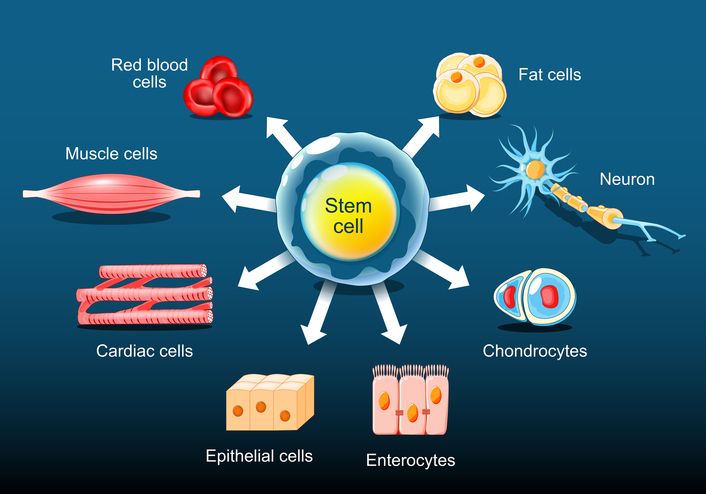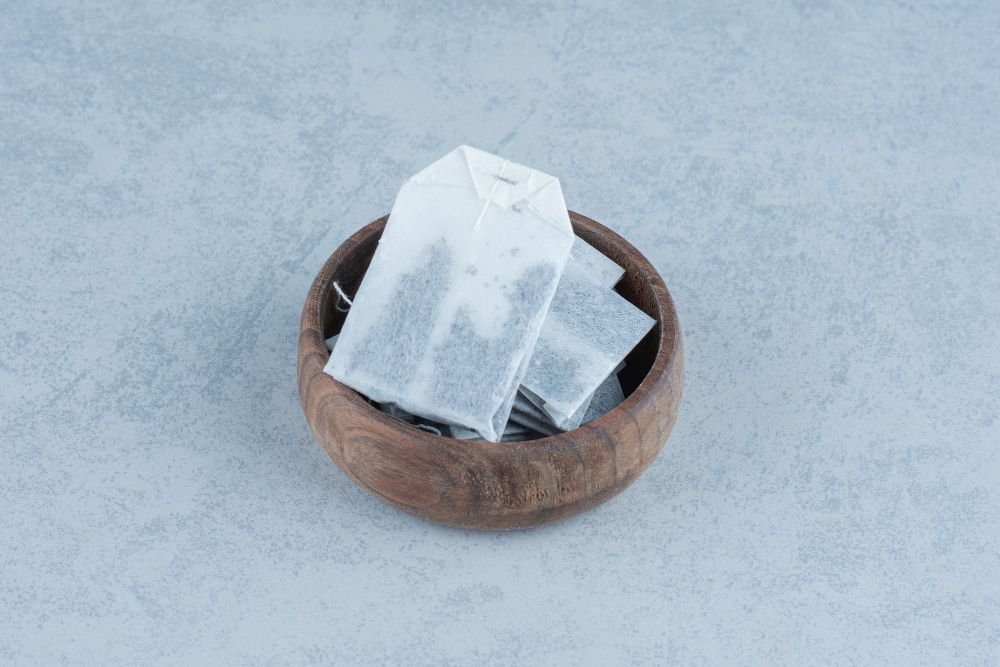

Book Now to Experience
F8 Hair Regrowth Treatment
1 Minute Self-Registration
Date should not be before minimal date
Author: Leila Tan|Updated: 23 July 2024
Alopecia is the medical word that is used for hair loss. Alopecia or hair loss affects about one-third of women at some point in their life. The emotional health and quality of life of a woman can be significantly impacted by alopecia. Similar to males, women have the same primary type of hair loss which is Androgenetic alopecia, also known as female (or male) pattern baldness. For women the hair on the top of the head thins which frequently leads to baldness, as does hair loss in men which typically starts above the temples and finally forms the distinctive "M" shape. When it comes to women, diffuse hair loss spreading from the top of the head increases after a gradual thinning at the part line. Women rarely get complete baldness though, and their hairlines rarely recede.

1
What is female hair loss?
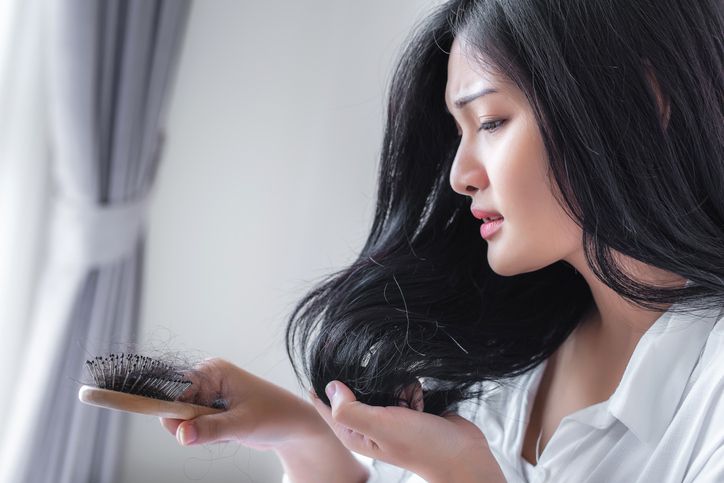
Women who suddenly lose a lot of hair are said to be experiencing hair loss. Humans typically lose between 50 and 100 individual hairs each day. Hair shedding is a natural process in which some hairs fall out and new hairs grow in. Hair loss occurs when the balance is upset—when less hair grows in and more hair falls out. Hair shedding is not the same as hair loss.


2
Cycles of hair growth
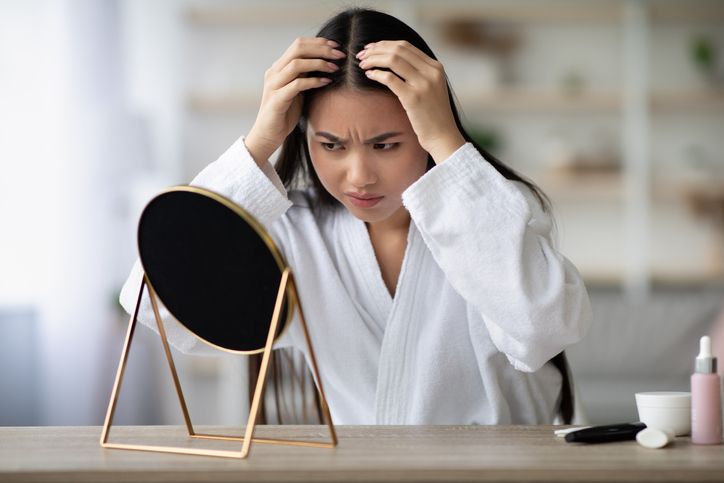
Anagen
Between two and eight years can pass during this anagen period, which is also the first growing hair phase. About 85% to 90% of the hair on your head falls into this phase.
Catagen
Hair follicles shrink during the catagen phase which also can refer to as transition phase. This phase lasts for two to three weeks.
Telogen
It takes two to four months for the telogen phase also known as resting phase to get complete. The hair starts to fall out at the end of this stage.
Read More

3
Type of hair loss

Anagen effluvium
Anagen effluvium is brought on by drugs that poison a hair follicle during the growth phase (like chemotherapy).
Telogen effluvium
This condition develops when more hair follicles enter the telogen phase, which is when hair begins to fall out.
Female pattern hair loss (FPHL) or baldness
The most prevalent variety is androgenetic alopecia, often known as female pattern hair loss (FPHL) or baldness. During this phase the hair becomes thinner on the sides and at the top of the head.
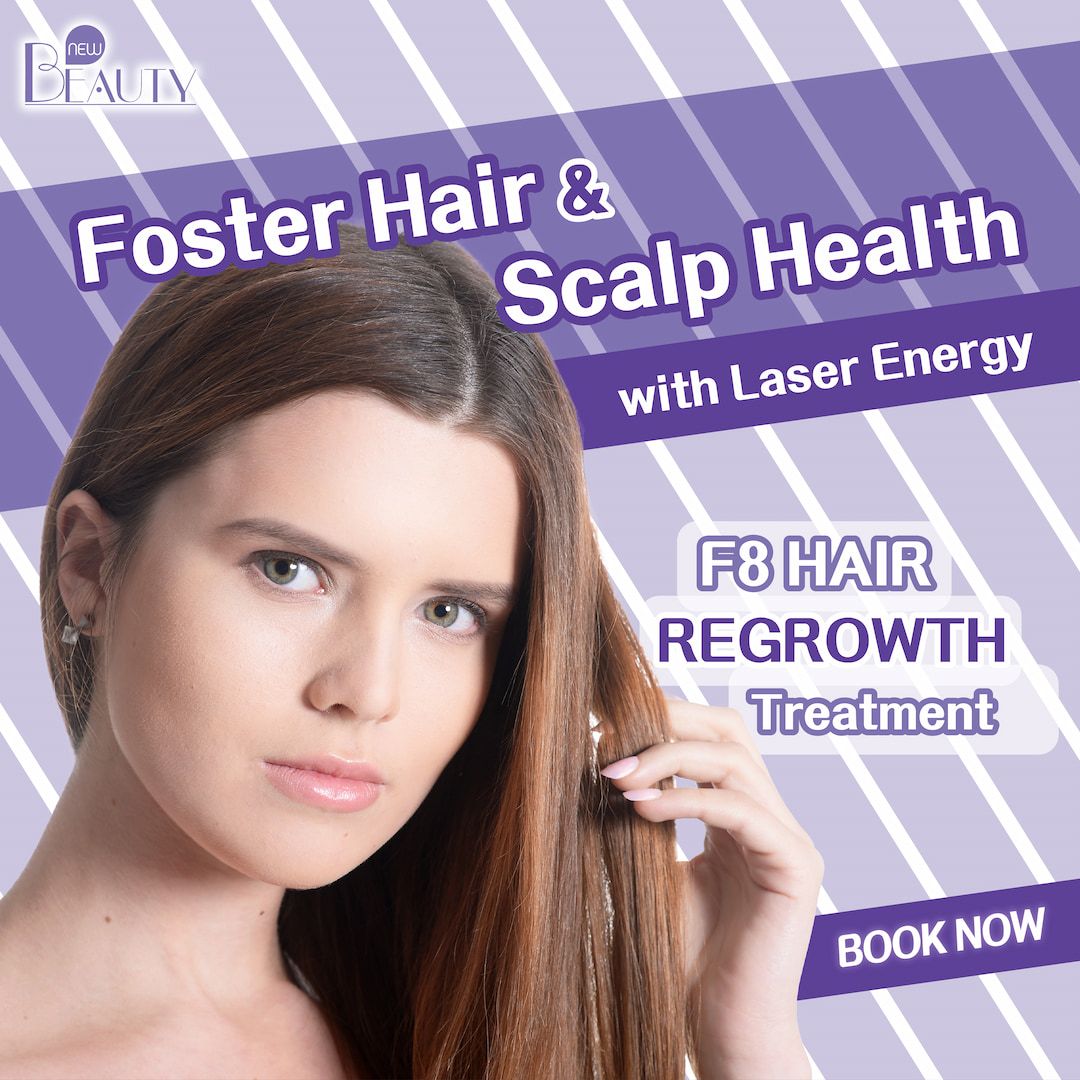

4
Causes of women hair loss

Hereditary hair loss
The most frequent cause of hair loss is an aging-related genetic disease. Androgenic alopecia, male-pattern baldness, and female-pattern baldness are the names for this disorder. It happens gradually and in regular patterns, with men experiencing a receding hairline and bald spots while women experience thinning hair at the top of the head.
Thyroid Problems
Your neck's front butterfly-shaped gland releases chemicals that keep your body functioning and your hair growth cycle may be affected if your thyroid produces too much or too little thyroid hormone. Keep in mind that the thinning hair is not always a sign of a thyroid issue. Some other signs that can lead to thyroid problems are the changes in your heart rate, lose or gain weight, or develop a sensitivity to cold or heat.
PCOS
The polycystic ovarian syndrome (PCOS) causes persistent hormonal imbalance. Your body produces more androgen, often known as male hormones, than the normal level. As a result, you can develop more hair on your face and body while losing hair on your head. Moreover, PCOS can cause ovulation issues, acne, and weight gain. Yet perhaps the only glaring symptom is thinning hair.
Alopecia Areata
Large areas of hair fall out due to alopecia areata . Your immune system is at blame because it unintentionally targets healthy hair follicles for attack. Most of the time, the harm is not irreparable. The missing locks of hair growth should regrow in six to twelve months.
Ringworm
When the ringworm fungus infects your scalp, it results in bald patches that are itchy and circular in shape. They could also appear red and scaly. Your doctor will administer antifungal medicine to treat it. As it is easily transmitted through direct contact, make sure to examine your family members as well.
Childbirth
During pregnancy, you might find that your hair becomes fuller. High hormone levels prevent resting hairs from falling out, which explains this. However, once the baby is born, things return to normal and those strands missing hair will swiftly fall out. You can have sudden hair loss as a result of this. Your locks could not grow back to normal for up to two years.
Pill
Your hair may become thinner as a result of the hormones that prevent ovulation such as birth control pills. Blood thinners and medications for high blood pressure, heart disease, arthritis, and depression are additional medications that are linked to hair loss.
Unhealthy Diets
On a fad diet, you might lose more than just weight. Also, if you lose 15 pounds or more, you can eventually start to lose some of your hair too. Don't stress out too much as it will return once you resume a healthy diet. If you're consuming too much vitamin A or not enough protein, be prepared to lose some hair.
Tight Hairstyles
It's not a myth: Tight ponytails or cornrows can itch your scalp and make your hair fall out. The same is true when employing tight rollers. Let your hair air dry and it will regrow naturally. Be cautious that using these techniques repeatedly can leave your scalp scarred and cause irreversible hair loss as well.
Cancer Treatment
Two of the most popular treatments, chemotherapy and radiation, might damage your hair. Both can damage hair follicles and result in significant hair loss in their efforts to destroy cancer cells. However this doesn't cause permanent hair loss as following treatment can help the hair often grow back.
Extreme Stress
You may suddenly lose hair if you are under intense physical or emotional stress. Try to do some activities that can help you with your stress level. For example, try to do exercise frequently to control stress and its effects. Spend time with upbeat individuals as spending time alone might exacerbate stress or try to speak with a therapist for expert assistance.

Book Now to Experience
F8 Hair Regrowth Treatment
1 Minute Self-Registration
Date should not be before minimal date

5
Hair loss treatment
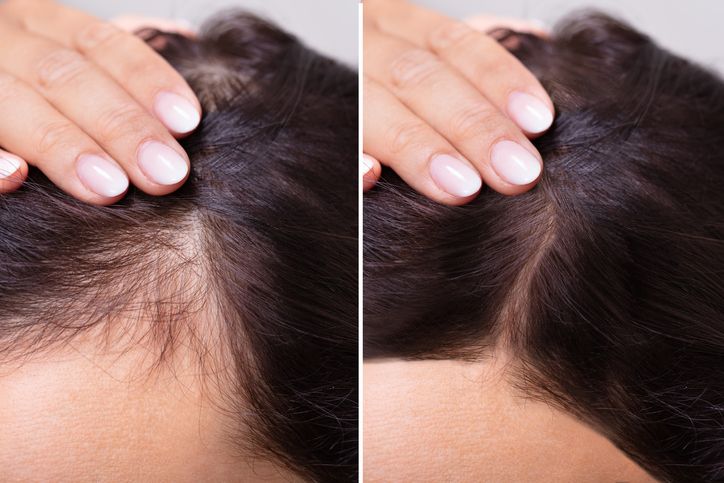
There are many ways to treat hair loss. Here we will state a few hair loss treatments that can be useful and effective for you.
F8 Hair Regrowth Treatment - New Beauty
F8 is a non-invasive procedure that supports scalp health and hair development. A hair development serum with low laser energy sweeps across the scalp to activate dormant hair follicles and fortify the hair papilla. The healing of the capillaries and promotion of their microcirculation by the energy and serum also aids in supplying nutrients that invigorate the hair follicles. You will notice less hair loss, stronger hair strands, and enhanced hair growth following the therapy.
Benefits of this treatment
Non-Invasive: F8 is a very safe, non-invasive method of treating hair loss. The scalp skin is evenly covered by the soft laser energy.
Increasing Blood Flow: Hair papilla, capillaries, and hair follicles can all be strengthened by the F8 low-energy laser.
Scalp Care: A hair growth serum injection can deep-cleanse the scalp to lessen sebum production and can also unblock hair follicles to improve scalp health.
For Both Ladies and Gentlemen: For both women and men with hair and scalp issues, including hair loss, hair thinning, oily scalp, sensitive scalp, receding hairlines, balding crowns, alopecia areata, scalp inflammation, male pattern hair loss, female pattern hair loss, post-pregnancy hair loss, and more, F8 is a very safe treatment option.
How does this work?
Step 1: The client's hair loss condition is investigated by a professional hair expert. The professional uses a 200-fold magnification to assess the health of the scalp and hair follicles. The specialist then verifies the client's hair loss degree and affected locations. The aesthetic therapist then goes into great detail about F8's idea and process. The low-energy laser will also be tested on a patch by the therapist.
Step 2: The therapist distributes low-energy lasers across the scalp using the device's handpiece. It's not surgery in this step. The hair papilla and hair follicles inside are stimulated. Moreover, the capillaries in the area get stronger, allowing for a proper microcirculation of nutrients. The end effect is a scalp and hair follicles that feel healthier.
Step 3: After the low-energy lasers are released, the therapist uniformly spreads the top hair growth serum over the scalp. The hair growth serum cleans the scalp, clears the pores, and moisturizes the scalp, which reduces sebum production and creates a favorable environment for hair growth with a balanced water-oil ratio. The technique promotes hair development and strengthens hair strands.
What the F8 Hair Regrowth Therapy Can Provide
Hair and Scalp Health: A low-energy laser penetrates the scalp to promote the growth of the hair papilla and capillaries, promoting blood flow for the supply of nutrients to the hair follicles. These processes promote the health of the scalp and stimulate hair growth.
Controls Sebum on Scalp: For hydration and sebum control, the therapist applies a hair growth serum to the scalp. The scalp will feel cleaner and more hydrated as a result, preventing hair and scalp issues.
Highly Safe and Non-Invasive: Because the F8 Hair Regrowth Therapy is non-invasive, no wound is created. The mild, low-energy laser stimulates blood flow without endangering the skin.
Professional and Caring Services: The consultants will solicit comments from the patient regarding the treatment process and outcomes after the therapy session. The specialists will also help the customer schedule their subsequent appointment and advise them on proper aftercare.


6
Hair transplantation
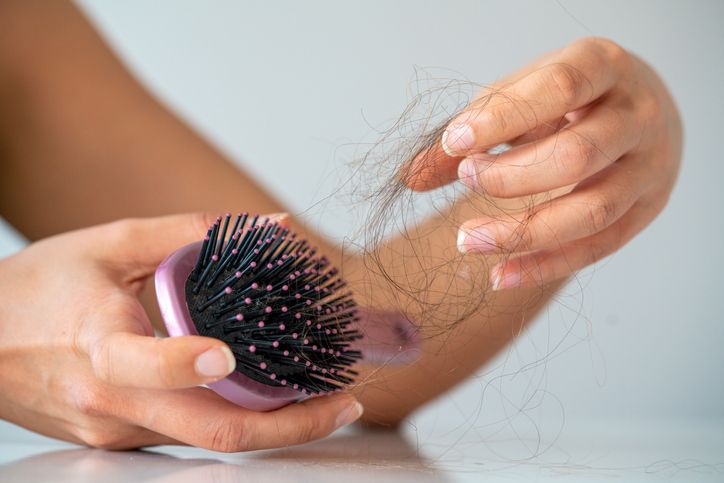
In order to cure androgenic alopecia, hair transplantation which has been practiced for a long time, entails taking a strip of scalp from the back of the head and utilizing it to cover a bald spot. With this technique, doctors cut a small strip of scalp into hundreds of tiny grafts, each of which has only a few hairs. Each transplant is inserted into a scalp slit made by a blade or needle in the area where hair is lacking.
This is how hair develops in the body naturally in follicular units, which are clumps of one to four follicles each. The graft appears superior to the larger "plugs" connected to hair transplants in the past.
Read More

7
Medications
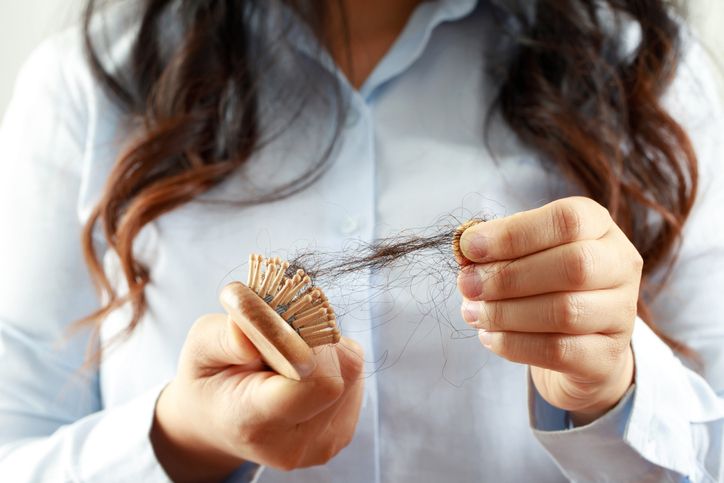
Minoxidil
This medication was first made available as a treatment for high blood pressure, but some who used it observed that it caused their hair to regrow in areas where it had previously fallen out. Studies have shown that minoxidil can promote hair growth when applied directly to the scalp. The trials led to the FDA's initial approval of 2% over-the-counter minoxidil to treat female pattern baldness. Since then, a 5% solution has also become accessible when a lady needs a harsher treatment for hair loss. Minoxidil can cause skin irritation brought on by alcohol, it may also cause unpleasant side effects. Hypertrichosis, or excessive hair growth in undesirable areas like the cheeks or forehead, can be a concern.
Anti-androgens
Androgens, which include testosterone and other "male" hormones, can hasten the thinning of women's hair. For the treatment of androgenic alopecia, some women who do not respond to minoxidil may benefit from the inclusion of the anti-androgen medication spironolactone (Aldactone). This is particularly true for PCOS-affected women who tend to produce an excess of androgens.
Iron supplements
Some women's hair loss may be caused by an iron shortage. In instance, if you are a vegetarian and have a history of anemia, or experience excessive menstrual bleeding, your doctor may decide to check your blood iron levels. You will need to take a supplement if you do have an iron deficiency, and it might stop your hair loss. But also taking more iron will only have negative side effects, including upset stomach and constipation, if your iron level is normal.


8
Conclusion
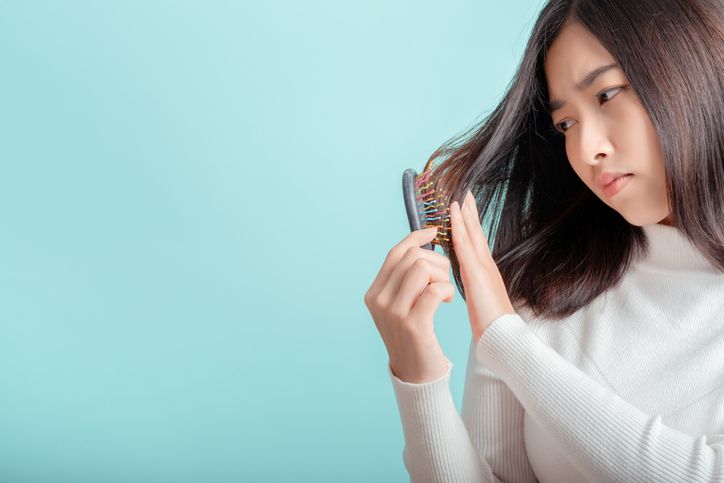
Whether it results from stress, an illness, or hereditary, hair loss can be upsetting. If you or your child is experiencing sudden or unexplained patchy hair loss and you wish to seek treatment, make an appointment with your doctor. Discuss early treatment options with your doctor and if you're a woman suffering a receding hairline (facial fibrosing alopecia) talk to your doctor in order to prevent major permanent baldness.
FAQ
What connection exists between menopause and female hair loss?
Your hair may go through one of two changes during the menopause. It may be possible hair growth where none previously existed or for some, you might notice that your hair is getting thinner. Changes in hormone levels during menopause could be one of the causes of noticeable hair loss. As levels of estrogen and progesterone decline, the effects of androgens on the male hormones increases.
Is it possible for hair transplant grafts to fall out?
After hair transplantation, it is normal for a few hairs to fall out. Sometimes, without harming the grafts themselves, further hair loss or breakage might result from a scab flaking off. Remember that the grafts must be physically removed in order for them to become non-viable because they are firmly entrenched under the skin.
Do chemicals and frequent shampooing can cause hair loss in women?
Shampooing merely gets rid of hairs that were going to come out anyhow, not speed up hair loss. Hair loss is typically not a side effect of conditioning, coloring, or perming the hair. Hair loss and breakage may be caused by burns or harsh processing. Loss may result from tight styles, but chemical treatments and hair coloring typically don't cause hair loss.

Book Now to Experience
F8 Hair Regrowth Treatment
1 Minute Self-Registration
Date should not be before minimal date
Recommended Articles
COPYRIGHT© NEW BEAUTY MANAGEMENT LIMITED 2025. ALL RIGHT RESERVED.


